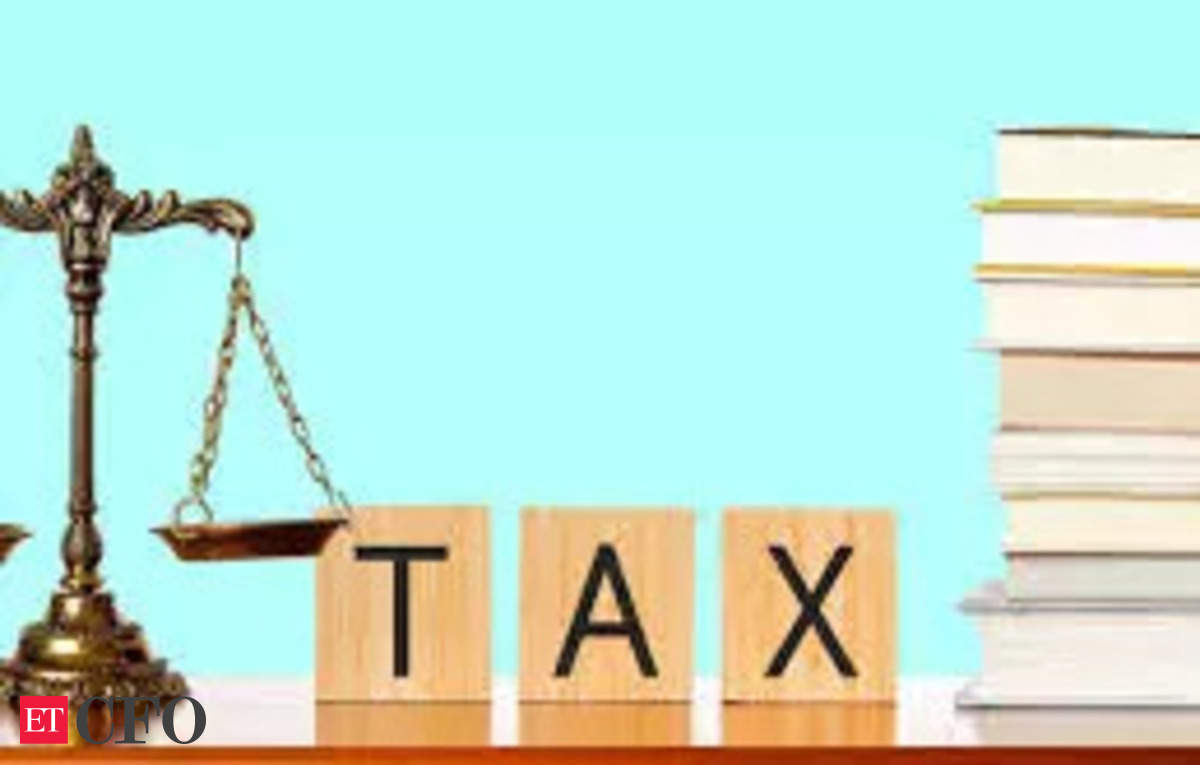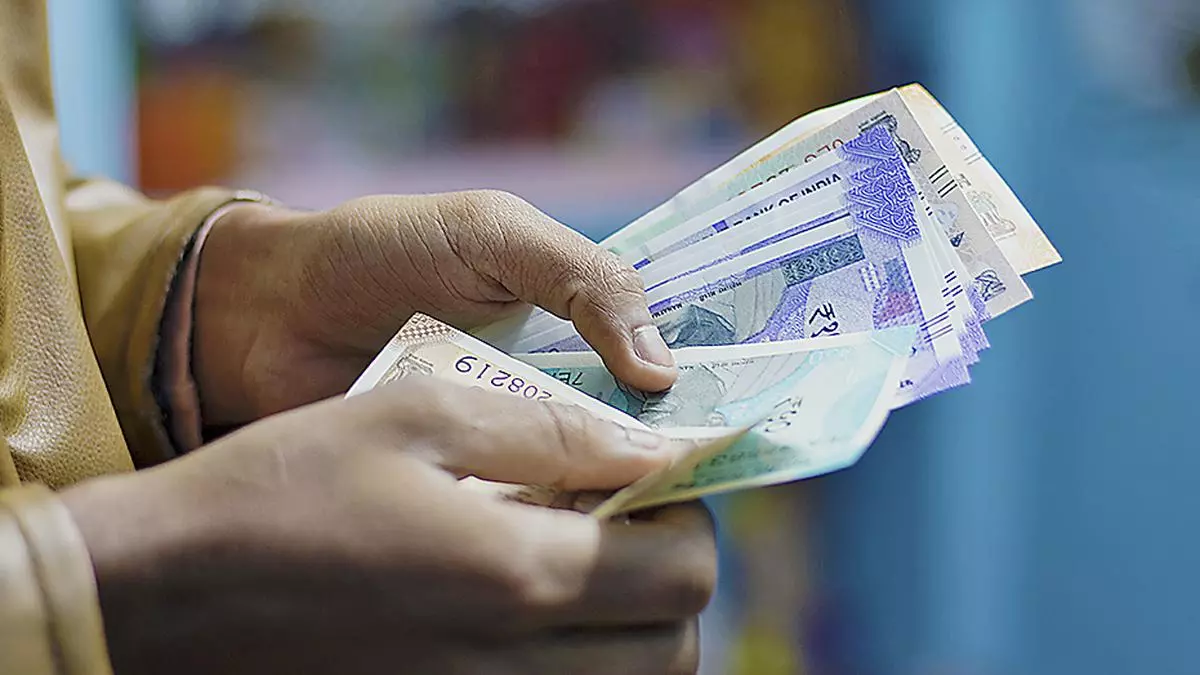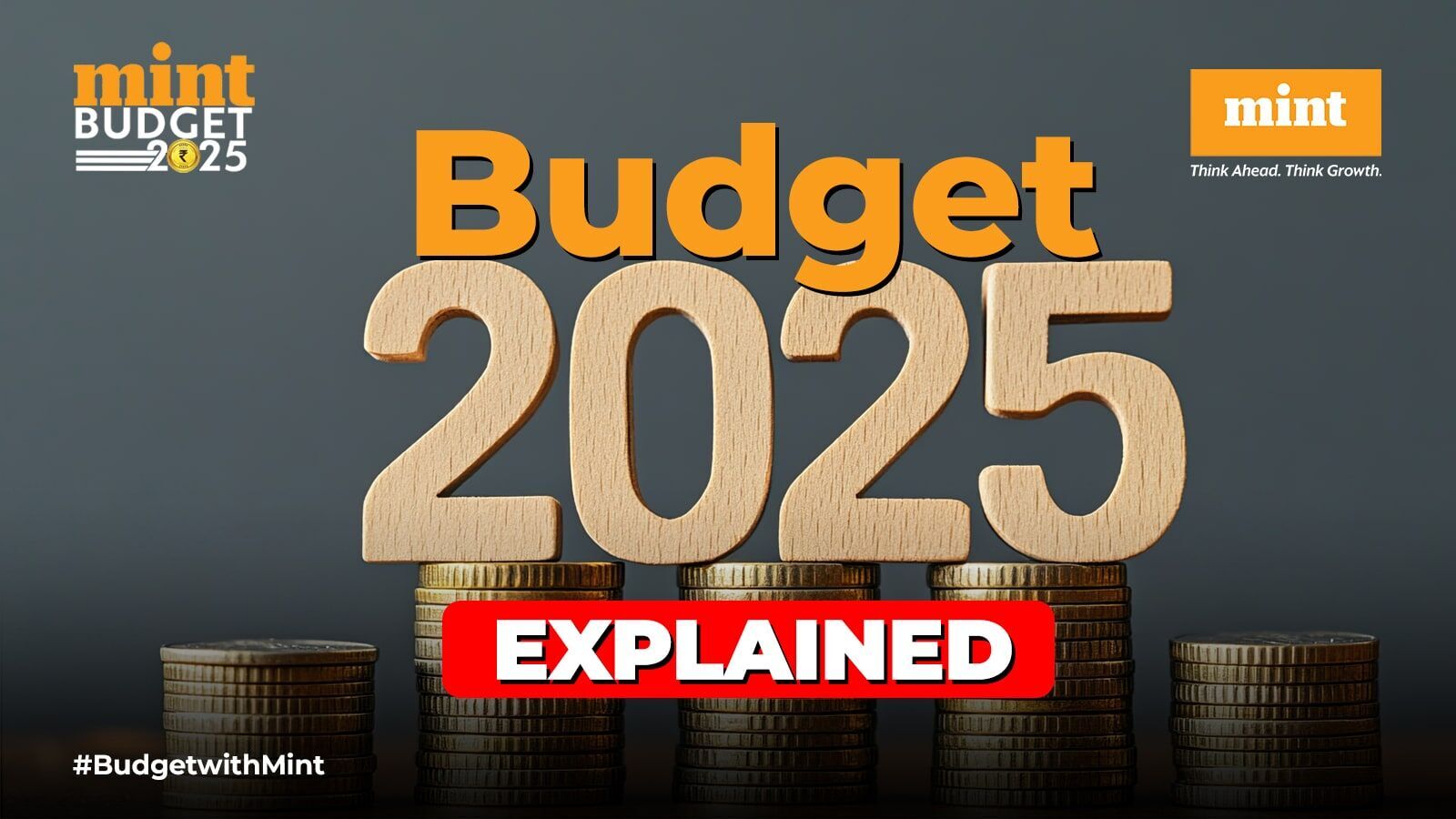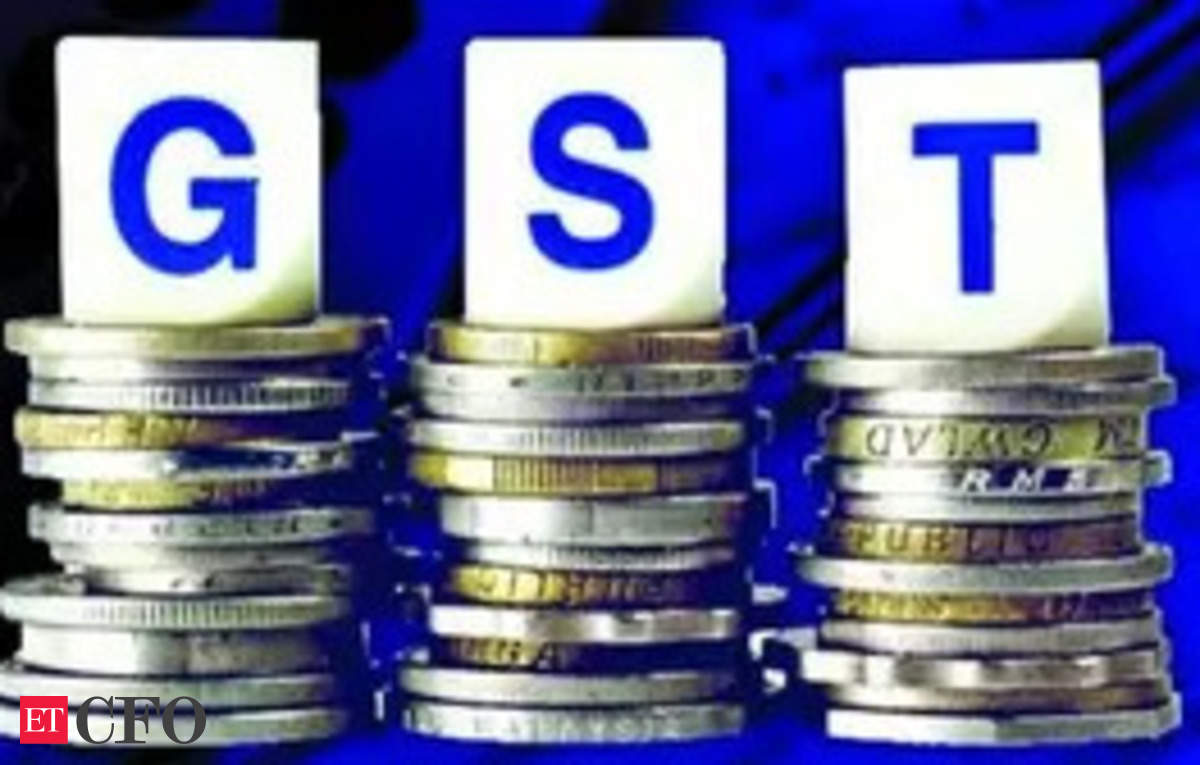With March 31st looming large, are you feeling a little stressed about maximizing your tax savings? But fret no more, because Business Standard has some last-minute tax-saving tips before the clock strikes twelve (tax-time, that is).
First things first, are you on the Old Tax Regime or New Tax Regime?
Remember, the new regime offers lower tax slabs but eliminates most deductions. If you haven’t decided yet, no worries! We’ll cover options for both sides.
Those who have opted for the old tax regime:
Maximise 80C: This is where Section 80C comes in, your ultimate tax-saving weapon. You can invest up to Rs 1.5 lakh in options like Public Provident Fund (PPF), Equity Linked Savings Schemes (ELSS – mutual funds that invest in stocks), National Pension System (NPS), and more. Remember, these not only save tax but also help build your corpus for the future.
“Under Section 80C, contributions to a Public Provident Fund (PPF) account, and investments in Equity Linked Savings Schemes (ELSS) mutual funds and Tax-Saving Fixed Deposits (FDs) are eligible for tax deductions up to Rs. 1,50,000 per financial year. For instance, if you invest Rs. 1,50,000 in any of the tax saving options available under Section 80C and you’re in the 30% tax bracket, you’d save Rs. 45,000 in taxes (Rs. 1,50,000 * 0.30),”
The NPS bonus points: Contributions to the National Pension Scheme (NPS) are eligible for additional deductions under Section 80CCD(1B) for up to Rs 50,000 over and above the limit of Section 80C. So, if you contribute Rs. 50,000 to NPS and you’re in the 30% tax bracket, you’d save Rs. 15,000 in taxes (Rs. 50,000 * 0.30)
Opt for health insurance
Did you know you can claim deductions for health insurance premiums paid for yourself, spouse, and dependent parents (up to Rs. 1 lakh)? Win-win!
“Health Insurance Premiums for self and family are eligible for deductions under Section 80D for up to Rs. 25,000 (Rs. 50,000 for senior citizens). If you pay Rs. 25,000 for health insurance premiums and you’re in the 20% tax bracket, you’d save Rs. 5,000 in taxes (Rs. 25,000 * 0.20),”
Tuition fees for your kids’ education (up to two children) can be claimed as deductions under Section 80C.
Don’t forget, the interest portion of your home loan repayment can be deducted under Section 24: Home loan repayments offer tax benefits. While principal repayment qualifies for deductions under Section 80C, the interest paid on the home loan is eligible for deductions under Section 24(b).
HRA allowance: If you’re a salaried individual receiving HRA, you can claim exemptions under Section 10(13A) of the Income Tax Act. If you’re living in a rented accommodation and receiving HRA as part of your salary, you can claim deductions based on the rent paid.
“Suppose Mr. Desai, a salaried individual, realizes that he can further optimize his tax planning by maximizing his HRA exemptions. He meticulously organizes his rent receipts and other supporting documents, ensuring compliance with documentation requirements. Consequently, he successfully claims the entirety of his HRA as exempt from taxation, thereby minimizing his tax liabilities,”
Pay rent to your parents
A less commonly recognized method for qualifying for a tax deduction according to Section 10(13A) involves renting to one’s parents. Individuals residing in properties owned by their parents and paying rent are permitted to claim tax deductions on their rental payments as per Section 10(13A). Nevertheless, the parents need to report the rental income when filing their taxes.
“An individual receives Rs 15,000 per month as HRA from their employer. They pay Rs 12,000 per month as rent for their accommodation. They can claim Rs 2,000 * 12 = ₹1,44,000 as exempt from tax under Section 10(13A), subject to certain conditions,” .
Donations to Charity:
Donations made to eligible charitable institutions can be claimed as deductions under Section 80G of the Income Tax Act. However, ensure that you donate to institutions approved by the Income Tax Department.
Example: If you donate Rs 10,000 to a charitable organization, you can save up to Rs 3,000 in taxes if you fall under the 30% tax bracket.
Rajiv Gandhi Equity Savings Scheme (RGESS):
Individuals with an annual income below a specified limit can invest in RGESS-eligible stocks, mutual funds, or exchange-traded funds (ETFs) and claim deductions under Section 80CCG of the Income Tax Act.
Savings Account Interest:
Interest earned on savings account deposits up to Rs. 10,000 is eligible for deduction under Section 80TTA. One must ensure to include this while calculating their taxable income.
“For example, if the income for an individual for a financial year is Rs.2,00,000 then he is exempted from paying any income tax. Now, if out of that Rs.2,00,000 income, interest income totals Rs. 50,000, still it is not taxable because the entire income is beyond the scope of tax liability and the scope of applying Section 80TTA is not attained. In such cases, the individual does not need to file any tax return,”
In case one is likely to make a gain on their long-term investments, one can sell their equity mutual fund holdings immediately before reaching the limit of Rs. 1 lakh in a financial year to avoid paying tax for the same. Moreover, one can also consider utilizing options like investing in capital gain bonds under Section 54EC or investing in a residential property to claim exemptions under Section 54 or Section 54F.
Choose Investments Wisely: Don’t just pick an investment solely for its tax benefit. Consider factors like lock-in period, expected return, and how it aligns with your overall financial goals and risk tolerance,
Examples:
- High-Risk, High-Reward: ELSS Mutual Funds offer potentially higher returns but come with market volatility and a 3-year lock-in period. This might be suitable for someone with a long-term investment horizon and a higher risk tolerance.
- ·Moderate Risk, Moderate Return: National Pension System (NPS) – Equity Option balances growth potential with some risk. It has a lock-in period till retirement (age 60) but offers tax benefits and some flexibility after a certain period.
- Lower Risk: Public Provident Fund (PPF) offers guaranteed returns and a lock-in period of 15 years. This is a good option for someone seeking a safe investment with a long-term horizon.
- Remember: Liquidity is also important. Don’t get locked into an investment you might need access to soon.
Don’t’s as per Jain include:
- Buy Insurance Just for Tax Savings: Avoid insurance-cum-investment plans solely for tax benefits. These products often come with high charges and may not be the best fit for your needs. Prioritize your insurance requirements first.
- Ignore Health Insurance: While maximizing tax deductions is important, ensure you have adequate health insurance coverage for yourself and your dependents. This can be claimed under Section 80D.
The new regime offers a few deductions you can leverage:
- Section 80TTB: Claim a deduction of up to Rs. 50,000 on the interest earned from your savings account
- House Rent Allowance (HRA): Salaried individuals can claim HRA exemption if they pay rent. Remember, collect those rent receipts!
- Interest on Home Loan: The new regime allows deduction for the interest portion of your home loan repayment.
- Strategic Salary Structuring (For Salaried Individuals):
- Opt for Allowances over Salary: Negotiate for more allowances like meal coupons, telephone/internet reimbursements, or LTA (Leave Travel Allowance) instead of a salary hike. These allowances are often exempt from tax under the new regime.
- Increase Employee Provident Fund (EPF) Contribution: Contribute more to your EPF (up to the voluntary limit). This reduces your taxable income and boosts your retirement savings.
Visit www.cagurujiclasses.com for practical courses











